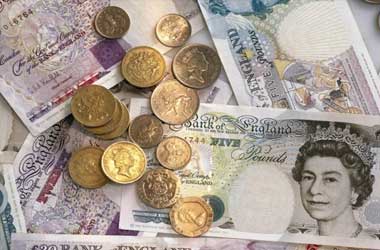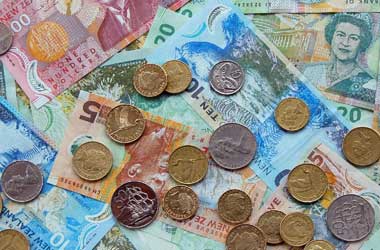 The AUDUSD currency pair fell 0.0023, or 0.31%, to 0.7345 on Tuesday, September 14, from 0.7367 the preceding trading period, as the Reserve Bank of Australia (RBA) maintained the cash rate largely untouched at a historic low of 0.1% during its September meeting, as generally assumed, while affirming plans to minimize government bond purchases to A$4 billion per week and deciding to do that until at least mid-February. With respect to the economic guidance, the central bank stated that the GDP is anticipated to decline in the third-quarter, with the unemployment rate increasing in the forthcoming months.
The AUDUSD currency pair fell 0.0023, or 0.31%, to 0.7345 on Tuesday, September 14, from 0.7367 the preceding trading period, as the Reserve Bank of Australia (RBA) maintained the cash rate largely untouched at a historic low of 0.1% during its September meeting, as generally assumed, while affirming plans to minimize government bond purchases to A$4 billion per week and deciding to do that until at least mid-February. With respect to the economic guidance, the central bank stated that the GDP is anticipated to decline in the third-quarter, with the unemployment rate increasing in the forthcoming months.
The economy should recover if vaccination rates rise more and limitations are relaxed, according to the report. However, the board cautioned that the scheduling and speed of this rebound are expected to be weaker than early in the year. Policymakers reiterated their obligation to continue with the favorable monetary policies and not raising the benchmark interest rate until inflation falls within the 2% to 3% target zone, a scenario not expected to be met until 2024.
The NAB business confidence index in Australia increased to -5 in August 2021 from -7 in July, which had been downwardly altered. The most recent measure, nevertheless, stayed below average, owing to lockouts in New South Wales and Victoria, with morale increasing in transport and utilities and finance, business, and property, but declining in mining, construction, and retail.
Aside from a small weakening in employment, business envronment improved (14 vs 10 in July), with increases in both trade (19 vs 12) and profitability (15 vs 5). (9 vs 11).During the same period, future orders recovered from their lows (6 vs -5). Capacity utilization (80 percent versus 81 percent) has decreased further but has not worsened as severely as it did in the beginning of 2020, while estimated capex (7 index points) has remained stable.
“The robustness shown in the August survey findings suggests that the policies in place, as well as residual impetus from the earlier part of 2021, are still supporting the economy,” said Alan Oster, NAB group chief economist.
The Australian home price index increased by 6.7%y-o-y in Q2 2021, quicker than the 5.4% increase in Q1 and higher than the market expectation of 6%. This was the fastest pace of rise in residential property costs since the series started in Q3 2003, despite record low borrowing rates and the fact that the most latest COVID-19 outage in Sydney had no discernible effect.
Prices increased in all capital cities: Canberra (8.2 percent vs 5.6 percent in Q1) had the biggest quarterly increase since series began, Sydney (8.1 percent vs 6.1 percent ) had the largest increase since Q2 2015 and the second largest in the data set, Hobart (6.3 percent vs 6.1 percent ) had the sharpest increase since Q4 2003, Melbourne (6.1 percent vs 5.1 percent ) had the quickest pace of growth since Q4 2009, Brisbane (5.7 percent vs 5.1 percent ) recorded the maximum gains since 2Q2007 and Adelaide (5.30% vs 4%) grew at the robust pace since 4Q2007. House prices increased 16.8 percent year on year to the second quarter.




